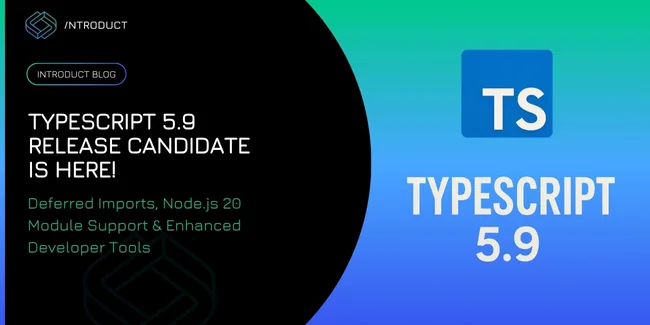

Harnessing Observability with OpenTelemetry: Introduct Guide
At Introduct, we always keep an eye on new tools and updates in the world of coding and tech in general. This time, we’d like to observe the tool that helps developers and startups build smarter, more resilient systems. Recently, Microsoft expanded its OpenTelemetry (OTel) support to Azure Logic Apps (Standard and Hybrid) and Azure Functions (Public Preview). We assume that this is a big step forward that makes observability more standardized and accessible.
Why OpenTelemetry Matters
OpenTelemetry is an open-source framework under the CNCF. The main idea behind OpenTelemetry was to collect and export logs, traces, and metrics in a vendor-neutral way. What’s special about this framework is that it’s not locked in one ecosystem. Instead, it offers the flexibility to integrate with tools like Azure Monitor, Grafana Tempo, or Jaeger.
For those building with Logic Apps and Functions, OTel adds more than just telemetry. It improves diagnostics, provides better trace correlation, and ensures consistent observability data across applications.
As David Fowler from Microsoft put it: “We’re building first-class support for Azure Functions in Aspire, and I am very excited. We’re making changes to enable open telemetry everywhere, and to make local development against various emulators seamless.”
How Developers Can Enable It
Let’s start from the very beginning. It’s quite easy to enable OpenTelemetry in Azure Logic Apps and Functions. If you’re a developer, you just need to update the host.json file with "telemetryMode": "OpenTelemetry" and configure the OTLP exporter endpoint (OTEL_EXPORTER_OTLP_ENDPOINT). From there, you can manage the integration through Visual Studio Code or directly in the Azure Portal. The choice depends on the hosting environment.
Beyond Logic Apps and Functions
Microsoft’s observability strategy extends well beyond these services. Key components include:
- Azure Monitor OpenTelemetry Distro – A Microsoft-supported OTel SDK distribution with built-in instrumentation for .NET, Java, Python, and JavaScript.
- Azure SDKs with OTel APIs – Enabling end-to-end tracing across supported languages.
- .NET Aspire – A cloud-native stack with real-time OTel signals and a dedicated developer dashboard.
- Azure Container Apps – Pre-configured with OTel agents for automatic data export.
Elevate Your Observability with Introduct
While OTel in Logic Apps currently supports HTTP, Service Bus, and Event Hub triggers (with metrics export still in development), and Azure Functions in preview has some portal limitations, the potential is clear. At Introduct, we specialize in providing custom software solutions to help our clients be the first to use modern technologies. In this article, we observed how tools like OTel can optimize your workflows. Contact Introduct today to get the best software solutions with our teams.
More Articles

Unlocking TypeScript 5.9: Key Updates Every Developer Should Know Unlocking TypeScript 5.9: Key Updates Every Developer Should Know
TypeScript continues to evolve, bringing smarter tools and better performance for developers. Introduct is excited to share the key updates in the TypeScript 5.9 Release Candidate (RC), announced by Microsoft in July 2025. Whether you’re an experienced developer or just starting your coding journey, these improvements help streamline your workflow and unlock new capabilities for […]

Programming Trends: 10 Hot and Not Programming Trends: 10 Hot and Not
At Introduct, we always want to be in the trend of programming and know what’s popular and what’s not. That’s why we’ve gathered a list of some programming trends at the top now, and some are fading away. Staying ahead of tech trends is essential as we specialize in tailored software solutions. Software development is […]
